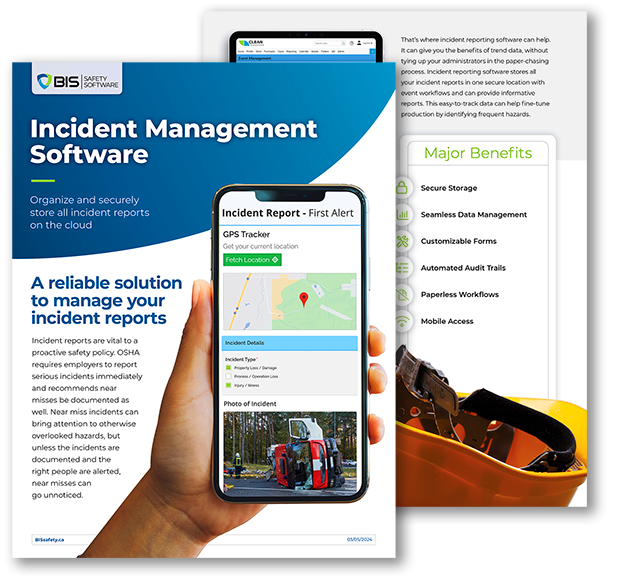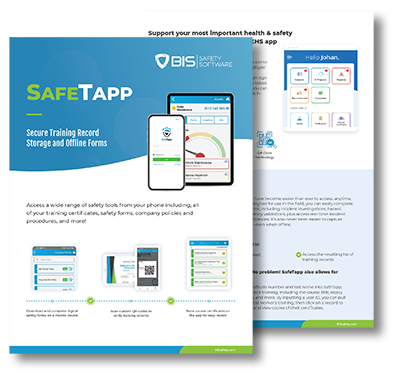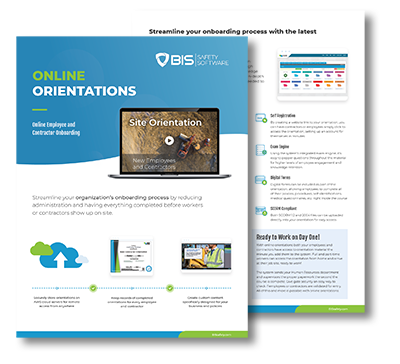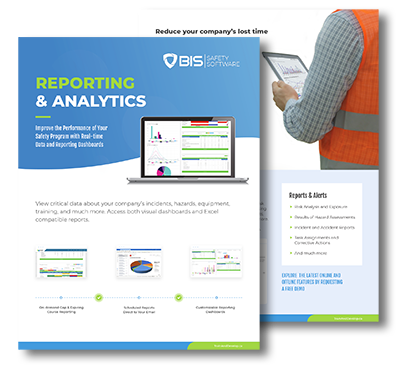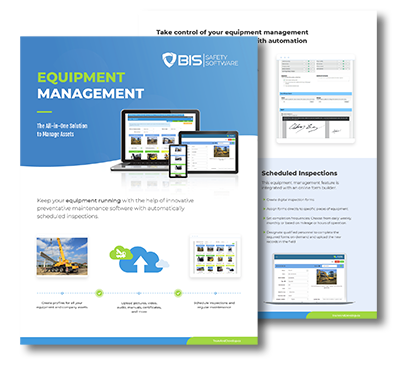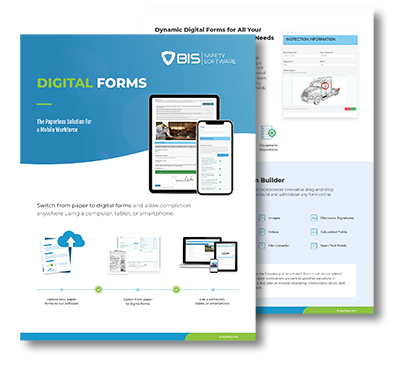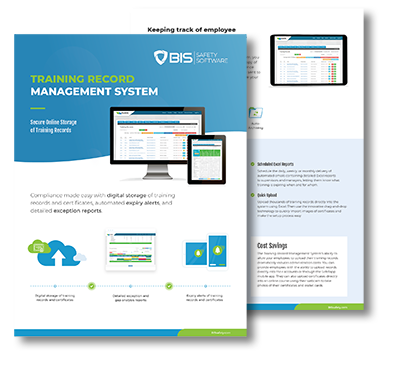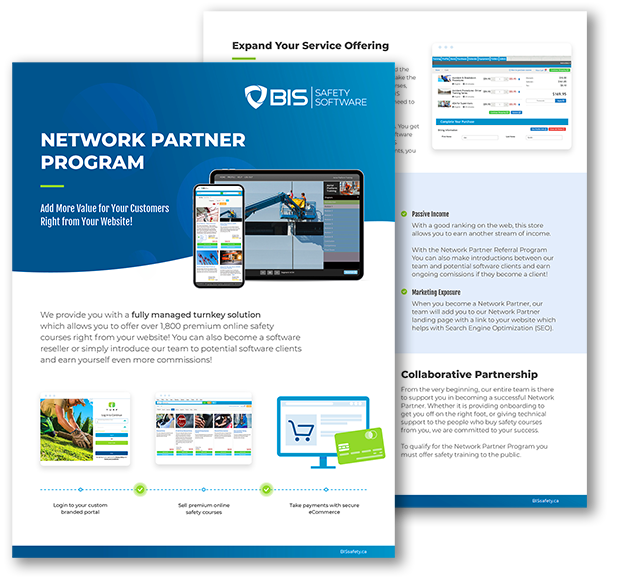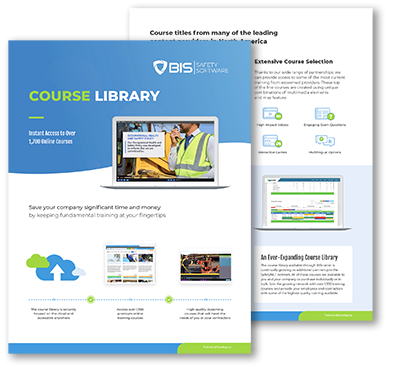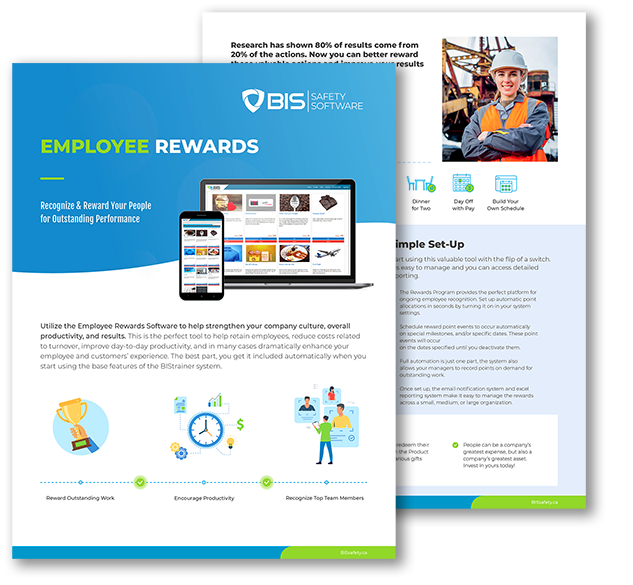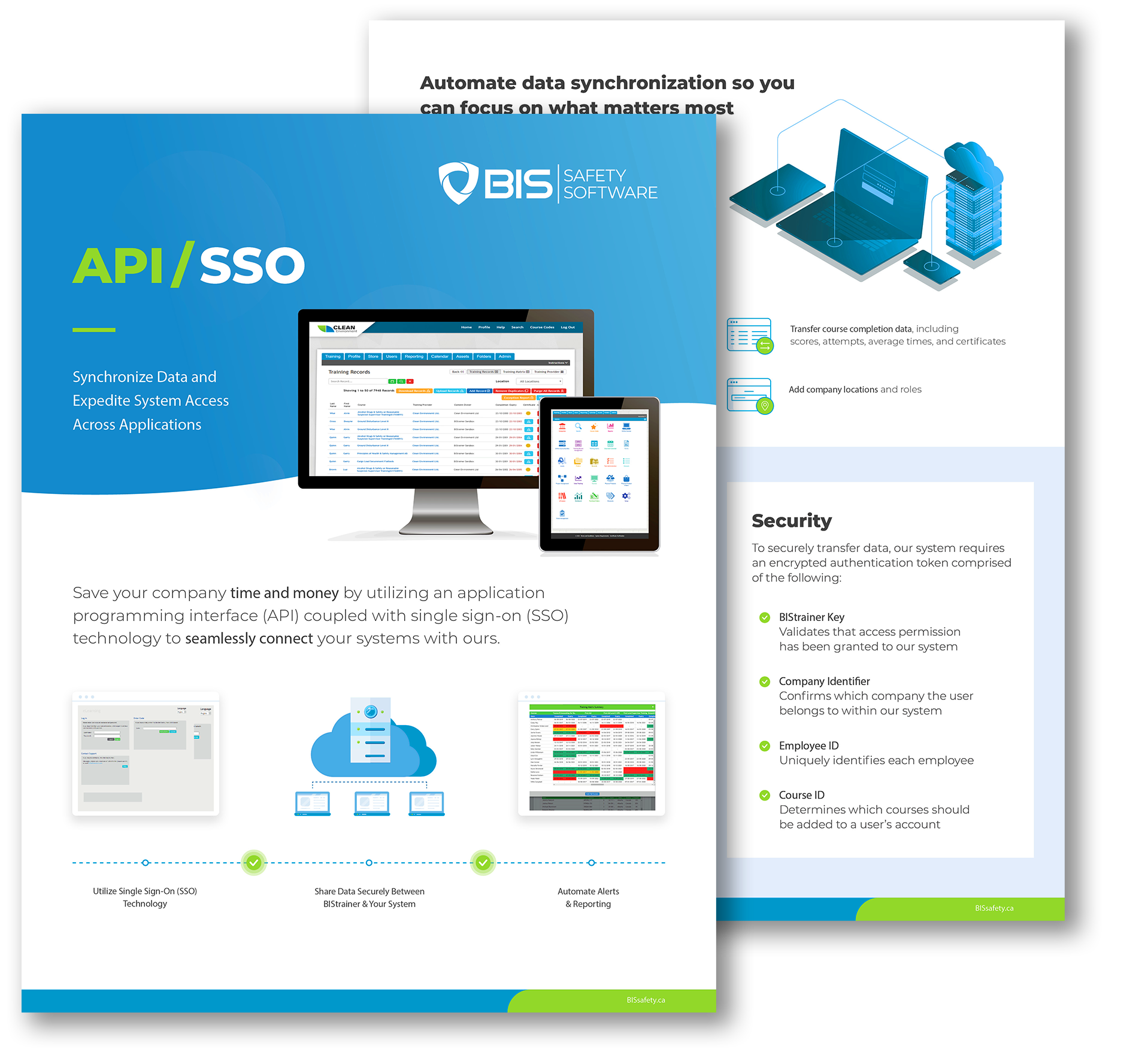BIS Safety Software
Combustible Dust (US)
This curriculum imparts a foundational knowledge of the risks, safety measures, and potential outcomes related to combustible dust in the workplace. It aims to equip learners with the skills to identify combustible dust threats in their work environment and promote effective housekeeping strategies to reduce the possibility of an explosion. This course does not cater to professionals such as engineers who design, construct, and manage machinery and facilities.

This curriculum imparts a foundational knowledge of the risks, safety measures, and potential outcomes related to combustible dust in the workplace. The Combustible Dust (US) course is designed to equip learners with the skills to identify combustible dust threats in their work environment and promote effective housekeeping strategies to reduce the possibility of an explosion. Please note, this course is not intended for professionals such as engineers who design, construct, and manage machinery and facilities.
The Combustible Dust (US) course comprises the following modules:
- Identifying Combustible Dust
- Understanding the Fire Hazard Posed by Combustible Dust
- Implementing Housekeeping Measures
- Methods to Prevent or Minimize Damage
Upon completion of this course, you will gain the ability to:
- Spot combustible dust dangers in your workplace
- Outline safety precautions that can prevent combustible dust incidents
- Determine the appropriate PPE to utilize for protection against a combustible dust fire or explosion
Approximately 30 minutes
Assessments carried out during this online course will reinforce the concepts imparted. A minimum score of 80% is required to pass this course. Participants can attempt the course up to three times to achieve the pass mark. A comprehensive student manual, which can be printed, serves as a valuable tool for future reference and knowledge reinforcement.
Upon the successful completion of this online course, a certificate of completion will be immediately available for download and print.
Course Details
Course Length
This course will take roughly 30 minutes
Passing Mark
To pass this training course, you need to score 80% or higher on the quiz
Certificate
Upon the successful completion of this course a certificate with your name will be stored on your profile and available to print
Additional Training Courses

Fire Prevention in Industrial Facilities
Our web-based Fire Prevention in Industrial Facilities course delves into fire risks present in industrial settings, elucidates prevention strategies, and provides guidelines on how...

Radiofrequency Training
A plethora of consumer and industrial goods and services utilize radiofrequency (RF) energy. This encompasses radio waves and microwaves, which are integral to telecommunications,...

Radio Communications
This course offers an overview of radio communications, instructing students on the necessity of radio operator training, the responsibilities of the operator, the correct...






